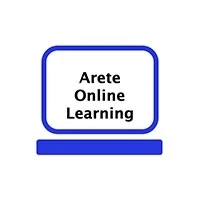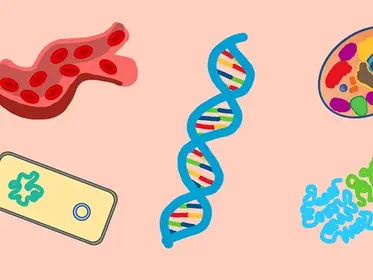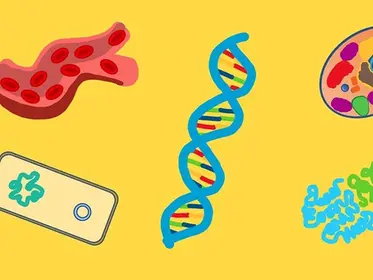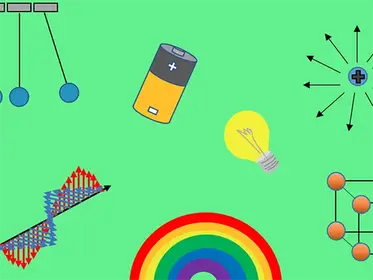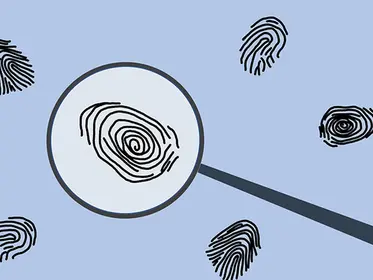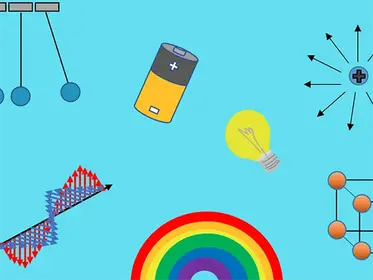
Short Summary
Class Information
Availability
Available Sections on Outschool:
Tuesdays 10:00 AM - 11: 00 AM EST January 14 - April 22, 2025
Wednesdays 5:45 - 6:45 PM EST January 22 - April 30, 2025
Mondays/Tuesdays/Wednesdays/Thursdays 2:30 - 3:30 PM EST June 30 - July 23, 2025
Tuesdays 11:00 AM - 12:00 PM EST September 2 - December 16, 2025
Wednesdays 4:00 - 5:00 PM EST September 3 - December 17, 2025
Description
This middle school science course will give students a solid foundation in the fundamentals of physics, chemistry, and biology with five classes on each topic. When possible, previous concepts will be integrated into later concepts. I will teach using the Socratic method as much as possible during our discussions. I will also use images, in class demonstrations or activities, and worksheets to help solidify the concepts for the students. Outside of class optional work includes homework problems with answers, reading assignments, and project-based assignments as well as tests at end of each unit (physics, chemistry, and biology).
Students should have basic equation-solving skills for the physics portion of the course but a student who catches on quickly would probably be fine without it.
CLASS1: STUDIES OF MOTION: SPEED, VELOCITY, AND ACCELERATION - After introducing the topics and Galileo’s experimental determination of the earth’s gravitational constant, we will look at calculations involving these quantities.
CLASS 2: NEWTON'S UNIVERSAL LAWS OF MOTION, GRAVITY, MASS, AND WEIGHT - We will explore how Newton’s Universal Laws of Motion apply to space travel as well as the world around us, distinguish between mass and weight and discuss how gravity affects weight.
CLASS 3: ENERGY AND THE FIRST LAW OF THERMODYNAMICS - We will look at energy, work, and power and the differences between kinetic and potential energy. We will explore the first law of thermodynamics and methods of heat transfer.
CLASS 4: THE SECOND LAW OF THERMODYNAMICS AND ELECTRICAL CIRCUITS - We will explore the tenets of the Second Law of Thermodynamics and discuss entropy. We will then take a look at electricity and simple circuits along with Coulomb’s Law and Ohm’s Law.
CLASS 5: ELECTROMAGNETIC WAVES - We will explore the relationship between electricity and magnetism. We will discuss electromagnetic waves and their interaction with matter.
CLASS 6: MODELS OF THE ATOM - We will discuss the history of the atom and the various models that led to our current understanding of the atom, the quantum mechanical model.
CLASS 7: THE PERIODIC TABLE - We will talk about how elements are arranged on the periodic table according to their chemical properties along with discussions of isotopes, valence electrons, atomic mass, and atomic number.
CLASS 8: CHEMICAL BONDING - We will look at how atoms combine with ionic bonding and covalent bonding. Students will understand how to draw basic Lewis dot structures and how to write basic formulas for ionic compounds.
CLASS 9: CHEMICAL REACTIONS AND STATES OF MATTER - We will learn how to balance chemical equations, examine the states of matter, and look at endothermic and exothermic reactions.
CLASS 10: ORGANIC CHEMISTRY - We will examine the functional groups of alkanes, alkenes, alkynes, alcohols, carboxylic acids, and esters. We will examine isomers, see how esters can be formed from alcohols and carboxylic acids, and look at distillation as a method of separating compounds by their boiling points.
CLASS 11: THE CELL - We will take a look at the construction of both plant and animal cells with respect to organelles and transport across the cell membrane and discuss photosynthesis and respiration.
CLASS 12: PROTEINS - We will explore how proteins are constructed and how they keep our bodies running by functioning as enzymes. We will also take a look at how drugs work to correct problems with enzyme function.
CLASS 13: DNA - We will discuss the function of DNA and take a look at its structure. We will also see how DNA is transferred to new cells in both mitosis and meiosis.
CLASS 14: THE GENETIC CODE - We will see how RNA functions to create proteins from the instructions given by DNA and will look at how mutations in the DNA can affect protein function.
CLASS 15: DNA MANIPULATIONS - We will explore how scientists are engineering DNA to produce insulin and other proteins artificially, how PCR can allow scientists to make large quantities of a particular stretch of DNA, and how DNA is used in forensics science to help catch criminals.
.png)
